More about Sunflowers
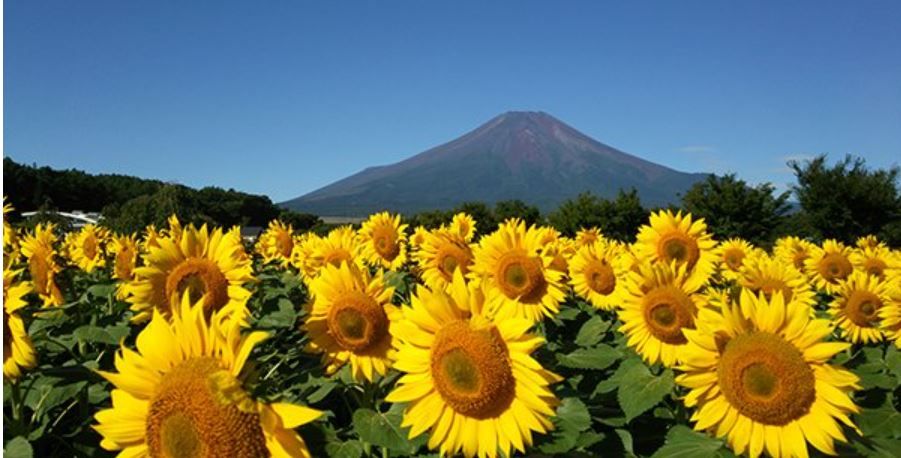
Sunflowers feature as one of the blooms in the victory bouquets presented to medalists at the Olympic Games in Tokyo this year. We also know that Van Gogh loved sunflowers and we published a post recently showing a replica of just one of Van Gogh’s paintings on a huge easel in a park in Emerald, located in outback Queensland.
So what is about sunflowers that keep attracting our attention?
Sunflowers have large usually bright yellow flowers, known for facing the sun and to many of us radiate happiness and positive vibes. They go back to ancient times – not only are their seeds a source of nutrition, sunflowers have medicinal properties and have meaning to many cultures.
Did you know they can absorb some types of toxic chemicals?
Join me in learning a little more about these sunny and uplifting blooms.
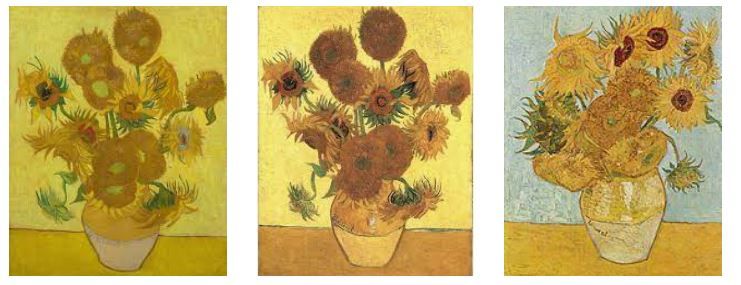
Sunflowers originated from North America and were commercialized by Russia. Back as far as 3000BC, sunflowers were picked by hunters and gatherers as a natural food source. Their seeds could be ground and pounded into flour for bread - much like the pita bread we have today and squeezed of oil to be used for cooking purposes. Soon, the sunflowers were domesticated and farmed at parts of North America, such as New Mexico and Arizona.3
In Mexico, the flowers were thought to sooth chest pain. A number of Native American tribes agreed with the plant's curing properties. The Cherokee utilized an infusion of sunflower leaves to treat kidneys while the Dakota brought it out to sooth "chest pain and pulmonary troubles." 4
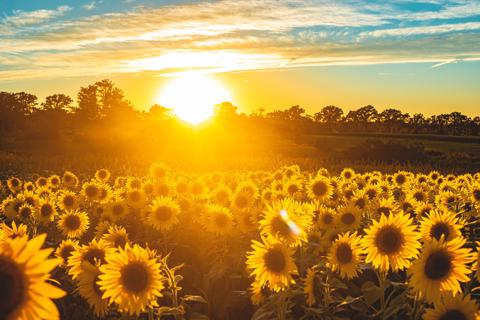
In Greek mythology, a nymph named Clytie fell deeply in love Apollo, God of the sun. Although Clytie was beautiful by nymph standards, Apollo did not reciprocate her feelings, or acknowledge it. After nine days of hopeless devotion, the nymph then transformed herself into a sunflower and constantly turned towards the sun so she could always be with the one she loved, somehow. Greek mythology states that she still hopes to see Apollo return to her someday in his bright and beautiful chariot.
Do sunflowers really follow the sun, like in the Greek myth?
Some flowers are heliotropic, in which they actually follow the movement of the sun as it rises in the East and sets in the West. However, scientific studies have found that only the buds and the leaves of sunflowers are heliotropic. The leaves are phototropic too, which means that they tend to grow towards the light source. Once the sunflowers have bloomed, they are no longer heliotropic, but remain fixated towards the East, where the sun rises.3
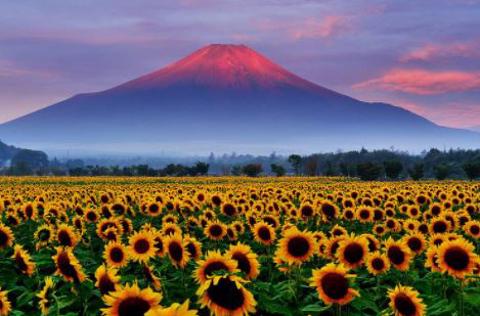
After the Hiroshima, Fukushima, and Chernobyl nuclear disasters, fields of sunflowers were planted across the affected landscapes to help absorb toxic metals and radiation from the soil. New research now suggests that sunflowers might be as good for the environment as they are pretty to look at.
Sunflowers are what environmental scientists call hyperaccumulators– plants that have the ability to take up high concentrations of toxic materials in their tissues. Like all land-based plants, flowers have root systems that evolved as extremely efficient mechanisms for pulling nutrients, water, and minerals out of the ground, among them: zinc, copper, and other radioactive elements that are then stored in their stems and leaves.
While the sunflower-radiation link would seem like a slow-gestating cure-all for modern environmental disasters, the research is still inconclusive as to the efficacy of all sunflower varieties to help stave off environmental pollution. Post-tsunami clean-up efforts in Fukashima, however, demonstrate a promising application of this discovery.6
Some other facts about sunflowers include:
1. The sunflower is the state flower of Kansas and the national flower of Ukraine.
2. Not all sunflower petals are yellow. There are more than 60 varieties of sunflowers that live around the world—some of these varieties have striped petals. Some sunflowers also have different interior shades.
3. The French word for sunflower is tournesol, which translates literally to "turned sun," referring to the plant's ability to turn itself to face the sun.
4. The sunflower is the only flower with the word "flower" in its name. 7
In Chinese culture and symbolism, the sunflower represents longevity and good luck and is considered as an auspicious gesture.
In Japan it is popular in the summer months to visit the some of large fields of sunflowers scattered around the country. Alas most of us cannot travel to Japan at present, however the link below will take you on a short journey to 7 of the best.
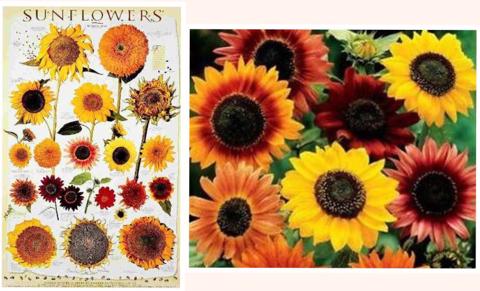
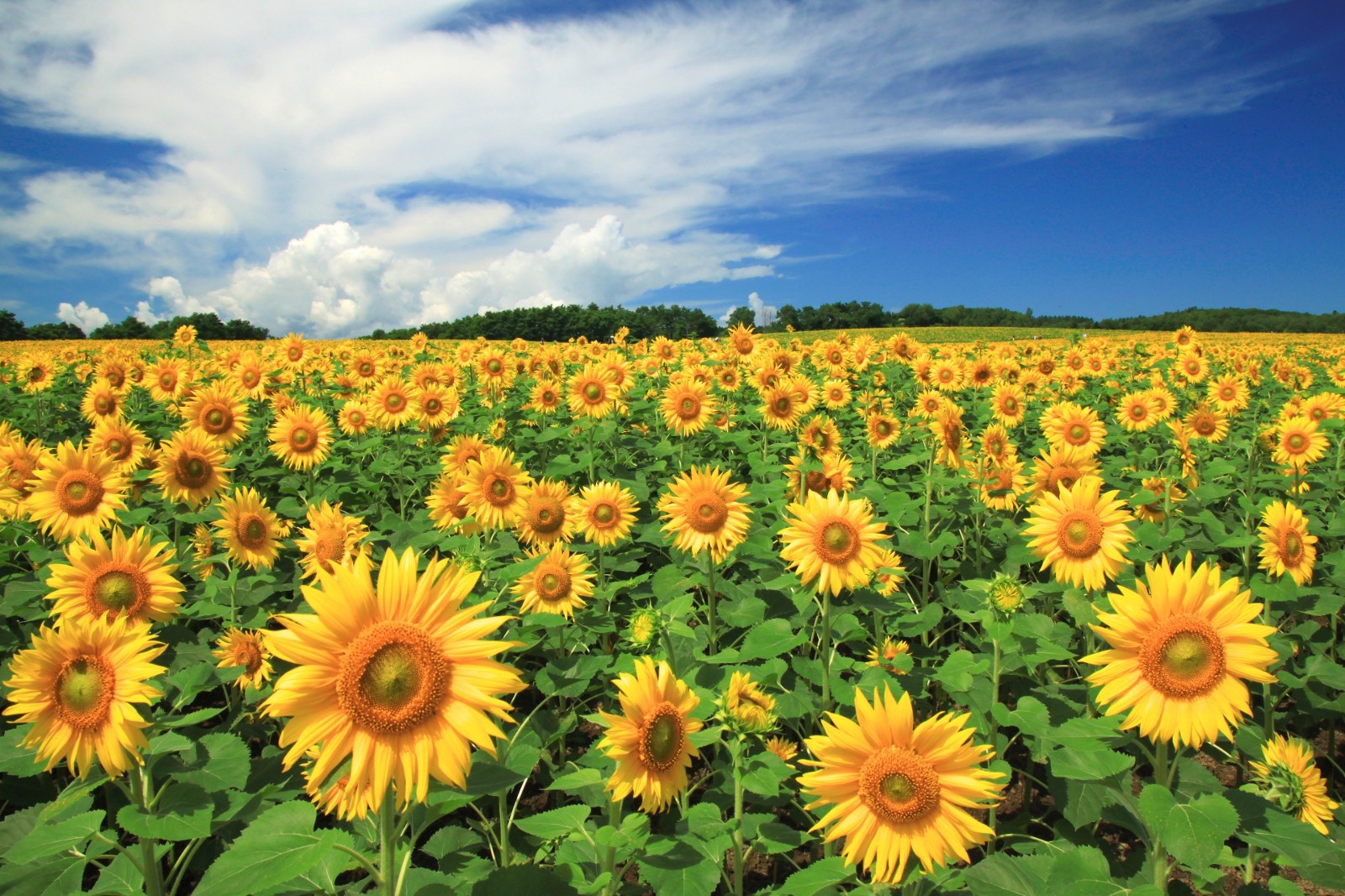
Credits:
1. hananomiyakokouen.jp
2. vangoghmuseum.nl
3. bloomthis.co
4. mentalfloss.com
5. pinterest
6. gardencollage.com
7. thespruce.com

